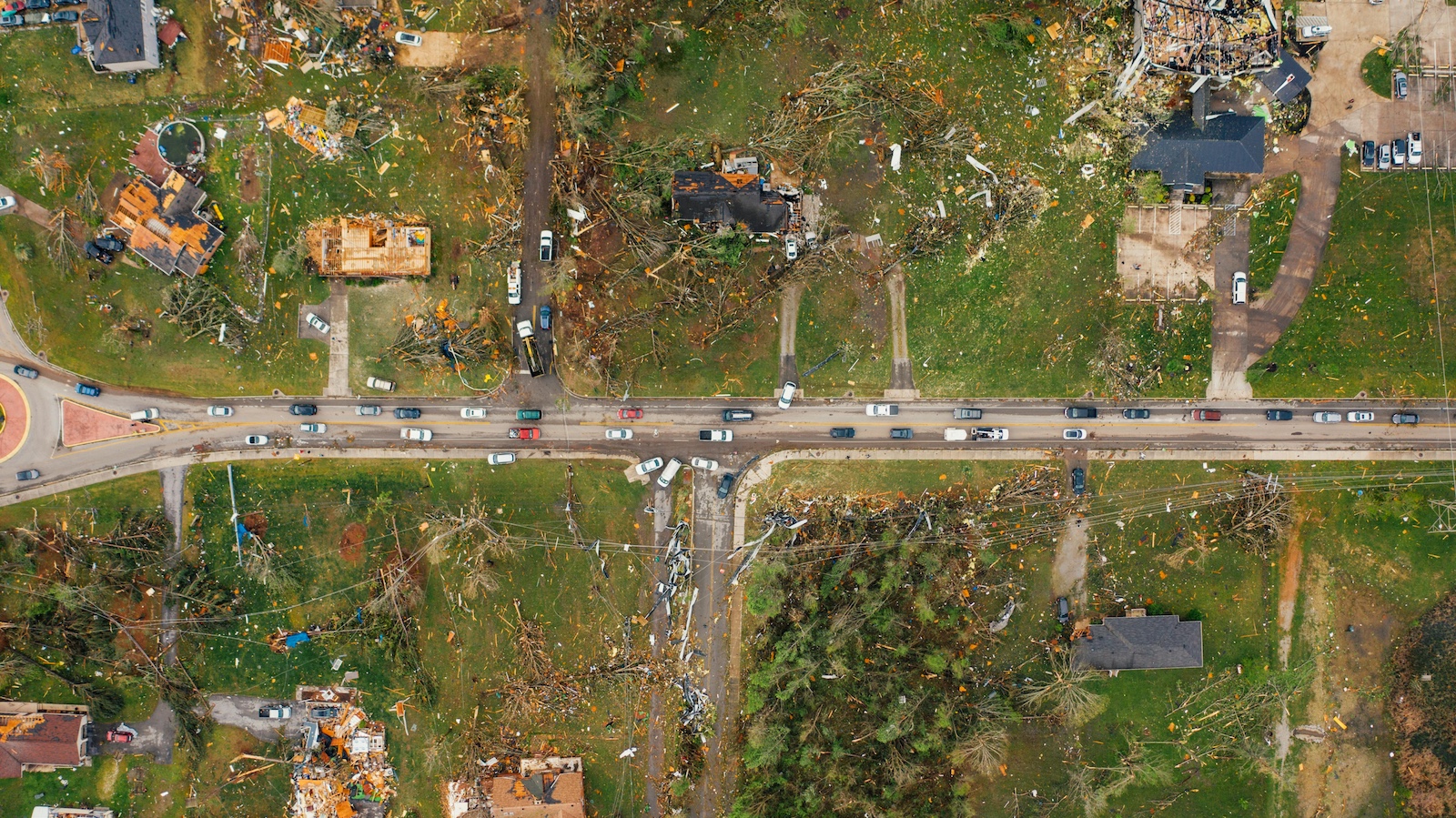Disasters come in all shapes and sizes and are indiscriminate in those they catch up in their chaos. As such, when it comes to disaster planning, it’s essential to account for linguistic diversity. Incorporating translation and localization services into the planning process is therefore an essential part of ensuring an appropriate and robust response.
In this post, we’ll take a look at disaster planning from a linguistic inclusivity perspective. We’ll also consider the value of translation services in responding to disasters, from mitigating the impact of climate change-related disasters to health crises. Let’s get to work!
We live in a globalized world, with people moving from one country to another for economic, personal and political reasons. Furthermore, many countries are home to a rich variety of indigenous languages. This global linguistic diversity means that monolingual disaster planning is risky in many circumstances and locations.
Using translation and localization as part of disaster planning
Using translation in disaster planning is a dual-pronged process. Not only do the disaster planning documents themselves need to be in multiple languages, but plans need to be in place to ensure that the response to the disaster is delivered in multiple languages, as well.
Localization needs to be considered, too. It's not enough to translate words from one language to another. Translated documents need to be shaped so they better connect with the target audience.
When creating disaster plans and strategies, it is important to use translation and localization services to ensure that all the communities that are likely to be affected by the disaster are cared for as part of the response planning. The translation element of the process will ensure that the disaster planning documents are available in all the languages that will be needed. Localization, meanwhile, can ensure that the plans take account of factors such as how to connect with different communities in an emergency.
Localization in action
A recent example is how information has been shared with remote Amazon communities about COVID-19. Local interpreters have been used to share information over the radio in local languages, as many of the communities in question do not have access to the internet.
While every person who works on a disaster response strategy hopes that their work will never be used, they need to plan how it will be. That means having translation and interpretation resources lined up and ready to spring into action.
The value of translation services in disaster planning
When a disaster strikes and panic ensues, those who don’t speak the primary language of the area are often more likely to suffer because they receive information second-hand. This not only introduces delays at a time when action could be crucial but also builds in the potential for misinformation to spread.
See also: Value of Optimized Resource Planning
That’s why it is so important to use professional translators and interpreters as part of a coordinated disaster response. They need the right skillsets, too: Experienced medical translation professionals are needed in this pandemic, for instance, to deliver technical information packed with medical details and not worry about any of it being lost in translation.
Disaster planning can be tough. There are so many unknowns to account for. Building multiple languages into that process certainly doesn’t make it any easier, but it does mean that the disaster response can be applied in a way that helps as many people as possible, regardless of their native tongues.






